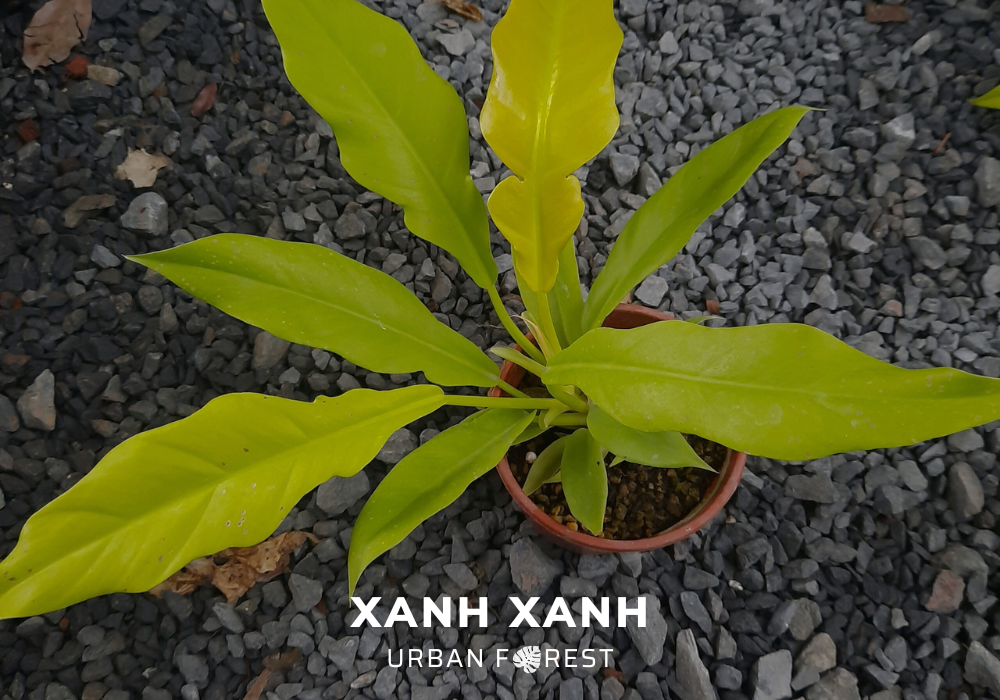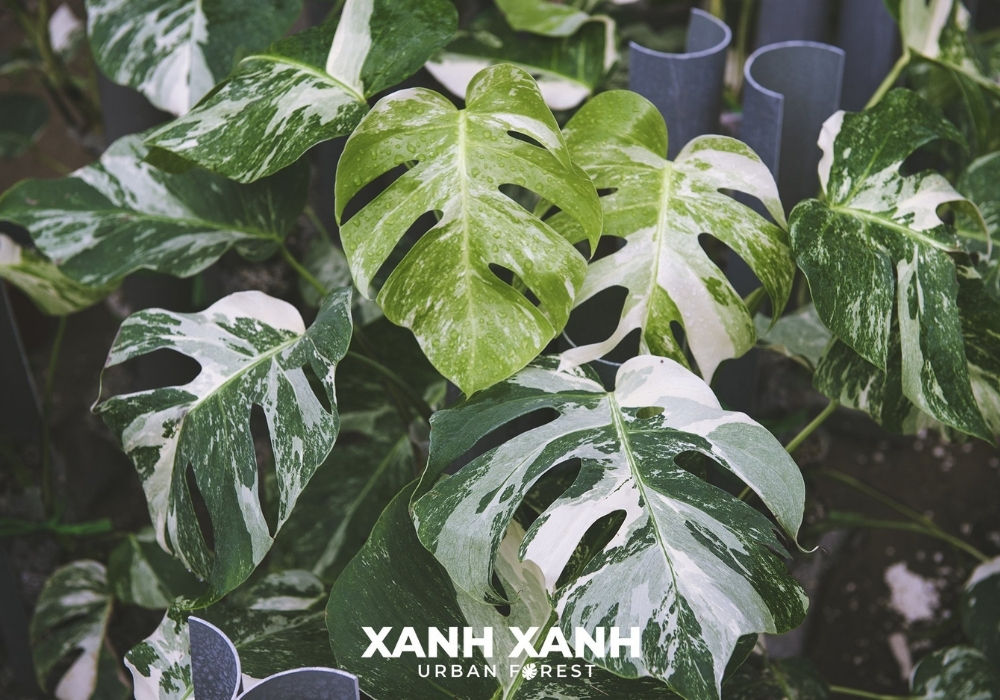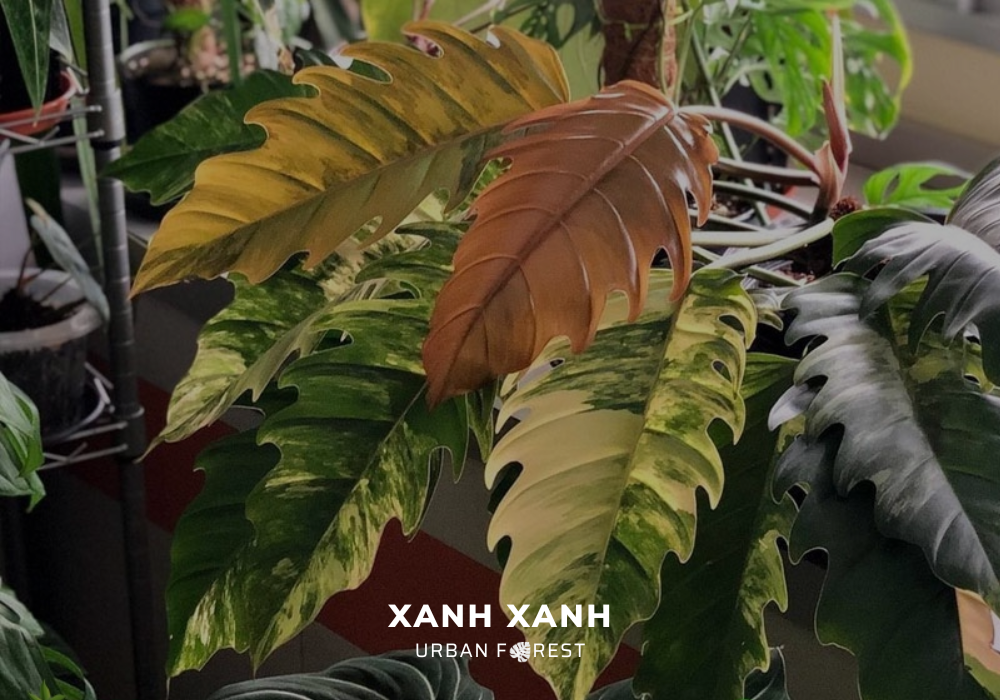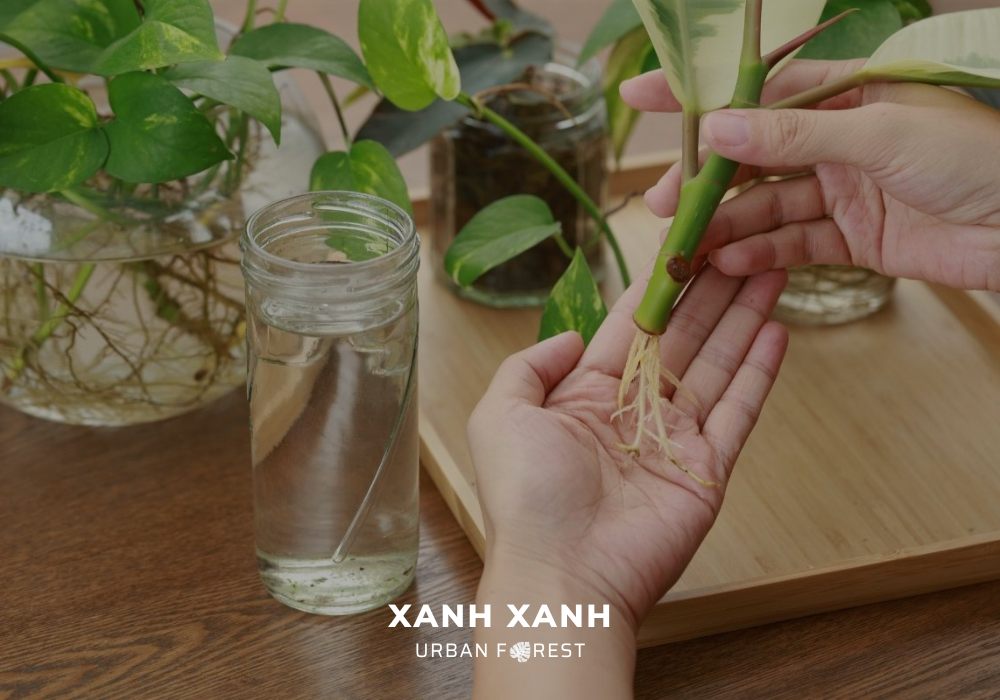Table of Contents
1. Introduction to Philodendron Ring of Fire Gold Variegated
- Common name: Variegated Ring of Fire Philodendron, Henderson’s Pride
- Scientific name: Philodendron Ring of Fire Gold Variegated
- Family: Araceae
- Origin: South America
2. Plant identification
The striking foliage of the highly rare Philodendron Ring of Fire Gold Variegated plant is well-known. The striking variegated leaves of this particular variety of Philodendron will make a statement in any room of your house because they have an enticing mix of yellow and green.
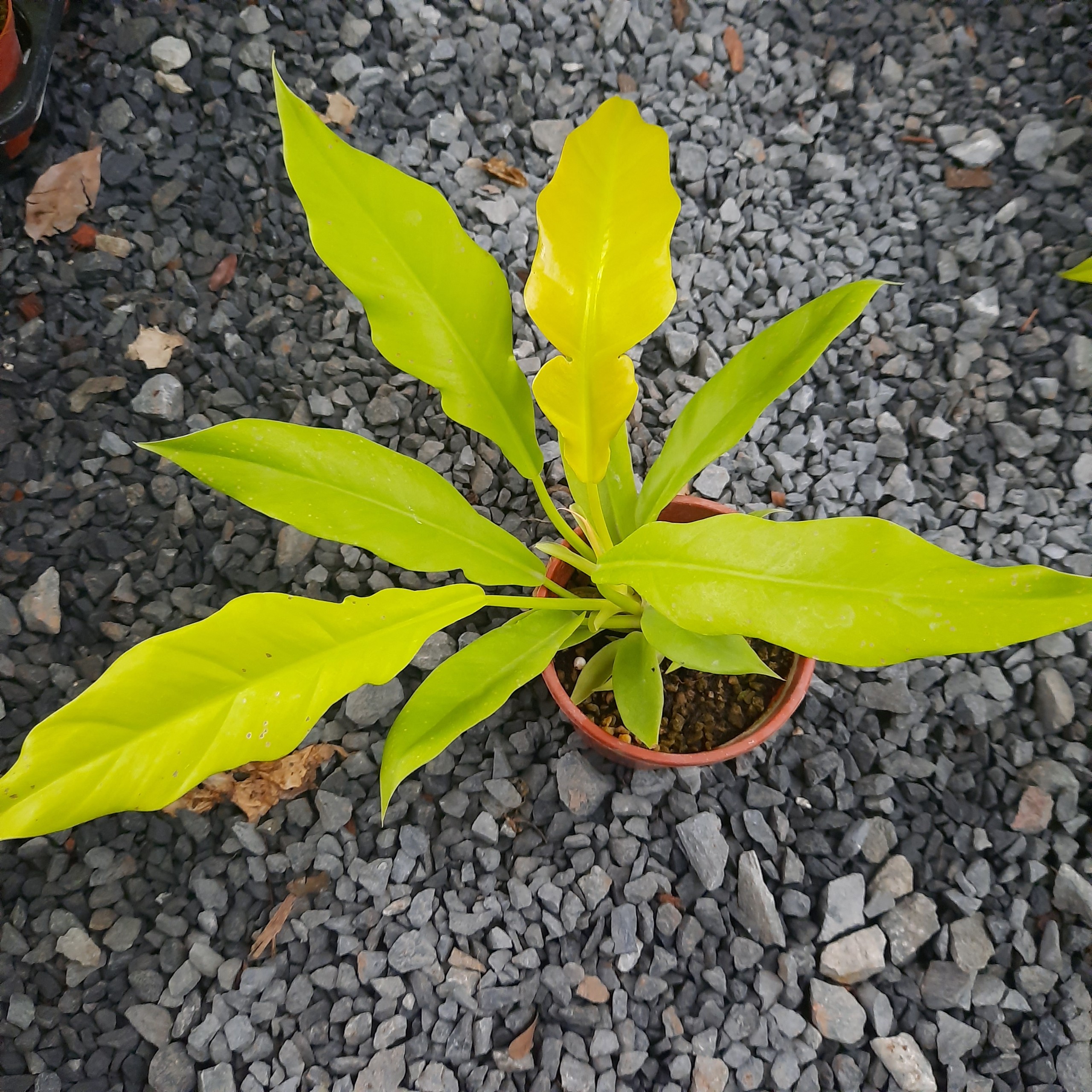

3. How to take care Philodendron Ring of Fire Gold Variegated?
3.1. Light
Your Philodendron Ring of Fire Gold Variegated needs enough light to preserve its brilliant hues, just like most other variegated plants do. The plant’s fragile leaves could be burned, so it’s crucial to keep it out of direct sunlight. The plant might be positioned next to an east or west window instead. This will facilitate bright, indirect light absorption by your plants.
3.2. Water
To keep your Philodendron Ring of Fire Gold Variegated healthy and happy, you must give it regular waterings. Reaching equilibrium is crucial to preventing overwatering or underwatering your plants, which can cause damage. Here are a few easy plant-watering suggestions:
1. Test the soil: Insert your finger into the top inch or two of the soil before you water it. Watering is necessary if the soil seems dry to the touch. If it seems moist, give it a few days before checking once more.
2. Give the plant lots of water: Give the plant lots of water when the soil seems dry. Water should be added gradually and uniformly until the drainage holes are completely filled. The plant’s roots may rot if it is left in the water for an extended period of time.
3. Frequency: You might need to water once a week or once every ten days throughout the spring and summer blooming seasons. Watering should be cut back to once every two weeks or perhaps once a month in the fall and winter.
4. Examine your plant: Keep an eye out for any odd indications in the way your plant looks. Overwatering can be indicated by wilted leaves as well as by yellow or mushy foliage. The indicators above indicate that you should modify your watering schedule.
3.3. Humidity
The South American humid rainforests are home to the Philodendron Ring of Fire Gold Variegated, which grows best in conditions with moderate to high moisture content. Even though the humidity in your house might be enough, raising the humidity in the area around the plant will encourage bigger, stronger leaves and intensify its brilliant color.
You have two options for applying this perfect amount of moisture to the plant: using a pebble tray or misting it directly.
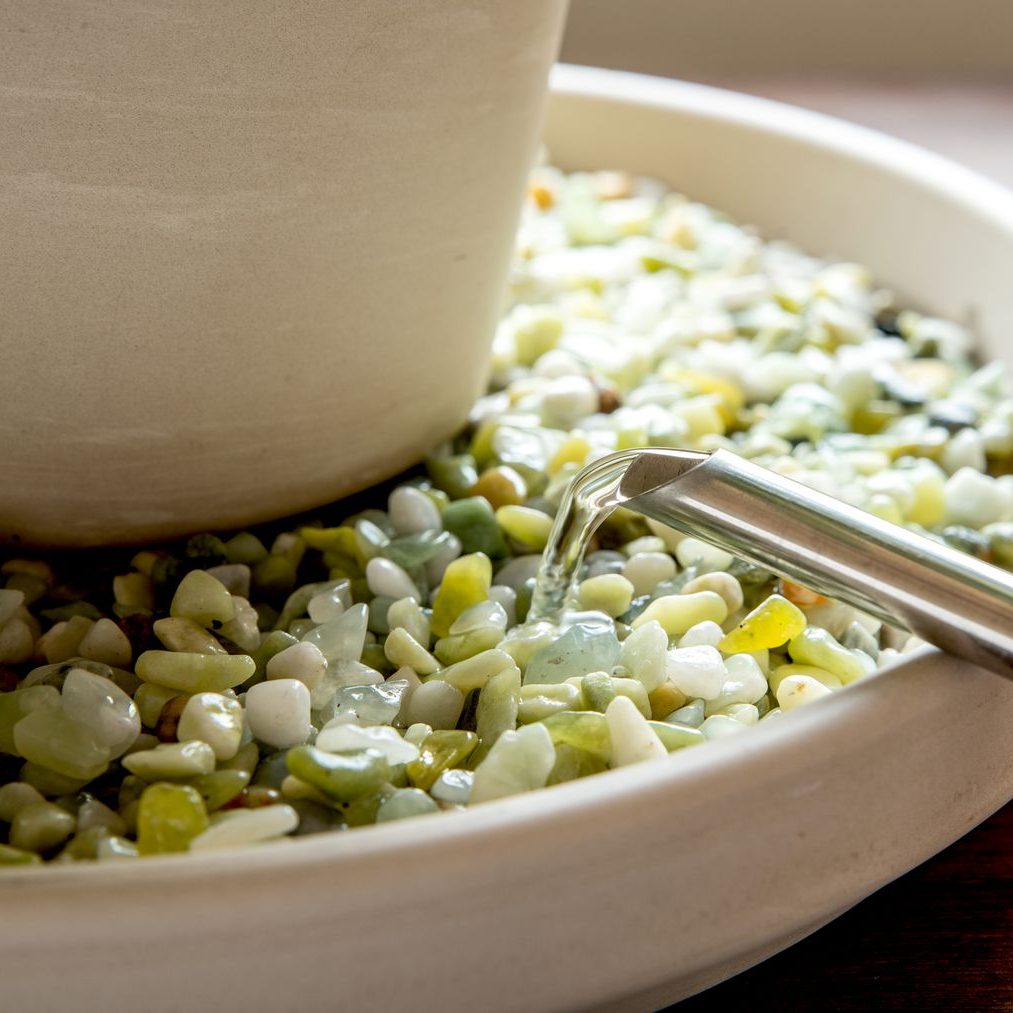
3.4. Temperature
Philodendron Ring of Fire Gold Variegated thrive in warm environments, with an ideal temperature range between 18°C and 26°C (approximately 65°F to 80°F). This temperature zone mimics their natural tropical origins and encourages optimal growth.
Avoiding extremes in temperature is recommended, even if Philodendrons can withstand mild variations. Below 13°C (55°F) temperatures can shock plants, preventing them from growing and perhaps damaging their leaves. In contrast, overheating to a temperature of more than 29°C (85°F) can cause wilting, blistering of the leaves, and even harm to the roots.
3.5. Potting mix
Plant health depends on using the proper potting mix, and Xanh Xanh Urban Forest strongly advises choosing the perfect mix for your particular plant needs.
This plant can thrive in this mildly acidic to neutral environment because most potting mixes have a suitable pH between 5.5 and 6.5. For optimal drainage and aeration, Xanh Xanh recommends using perlite, orchid bark and peat moss.
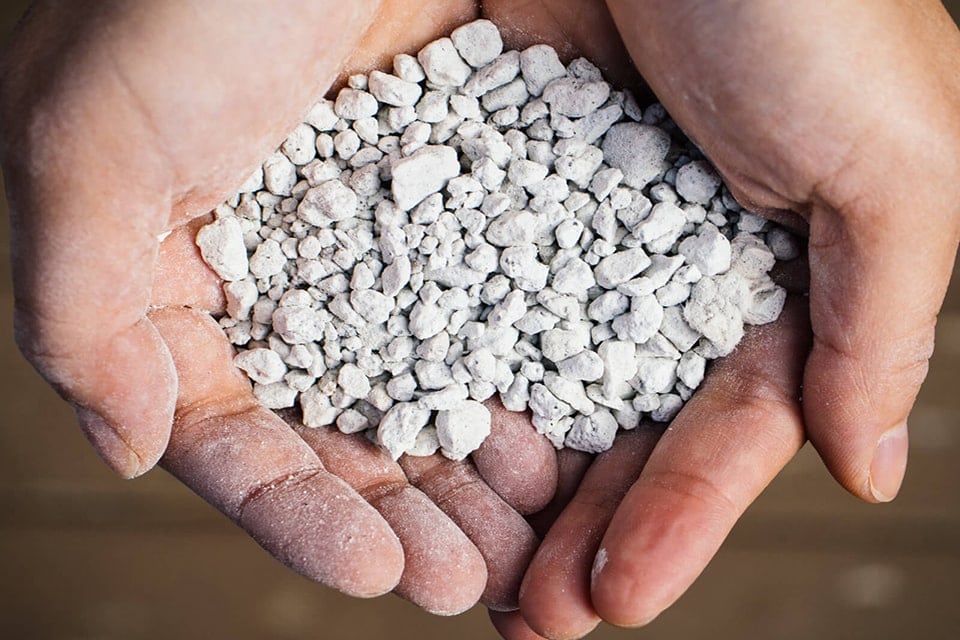
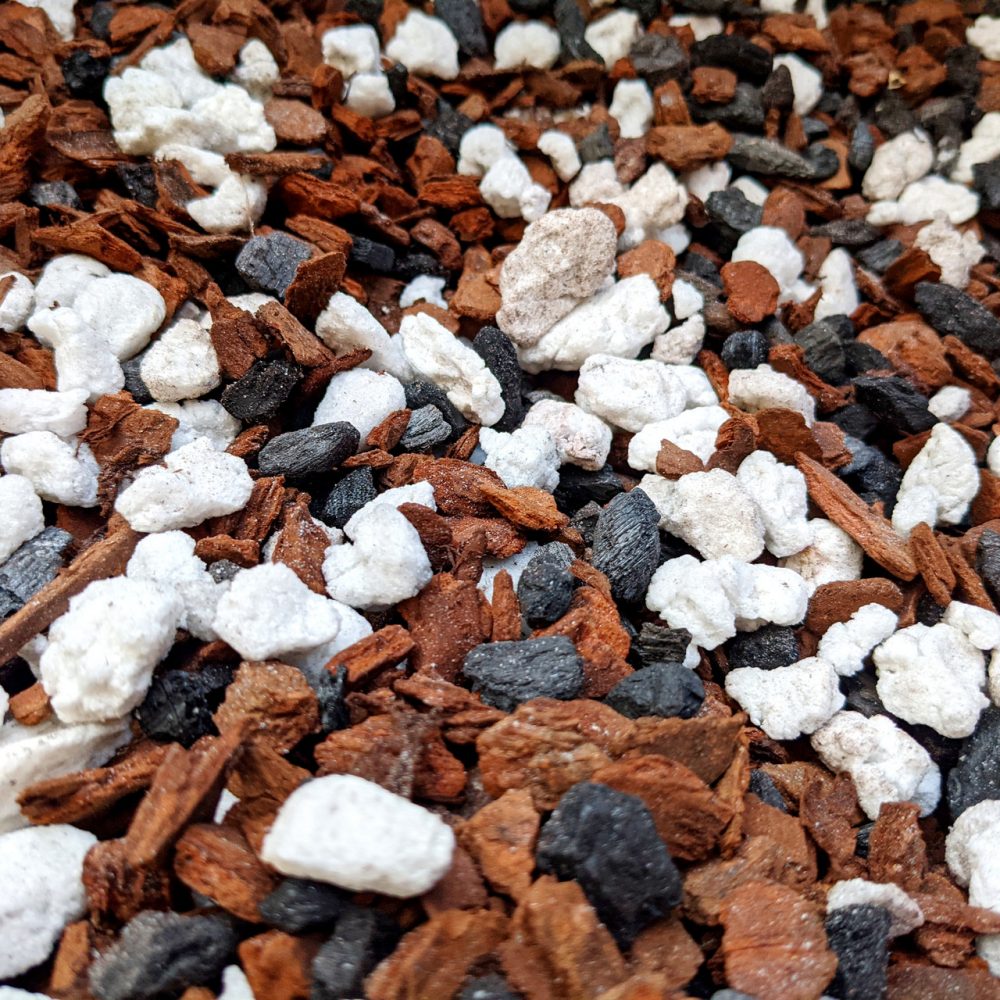

3.6. Fertilizer
As a supplement, fertilizer offers these necessary nutrients to support robust and healthy development, especially in the spring and summer when growth is most active.
To guarantee the right concentration, fertilizer must be diluted in accordance with the product’s recommendations. Water your plant as usual, but use the prepared fertilizer mixture instead of ordinary water to apply the diluted solution.
Plant health may suffer from overfertilization, which may also damage the root system. Fertilize your Philodendron Ring of Fire Gold Variegated every four to six weeks while it’s developing to prevent this. Reduce or cease fertilizing in the fall and winter to resemble the plant’s natural dormant period.
3.7. Repotting
As your Philodendron Ring of Fire Gold Variegated grows, it will eventually need to be repotted into a larger container. This is typically done every 1-2 years, or when the plant’s roots become crowded and start to emerge from the drainage holes. Repotting provides your plant with fresh soil, nutrients, and room to grow, promoting its overall health and vigor.
3.8. Common Problems
While the Philodendron Ring of Fire Gold Variegated is a relatively pest and disease-resistant plant, it’s important to be aware of potential threats to keep your plant healthy and thriving. Here are some common issues to watch out for:
- Pests: Mealybugs, spider mites, thrips.
- Diseases: Root rot, fungal leaf spot.
Read more: Philodendrons: The Easy-to-Grow Houseplant That Will Add Beauty to Your Home
4. Final thoughts
The Philodendron Ring of Fire Gold Variegated is a gorgeous low-maintenance plant that can bring a tropical charm to any space. You may help your plant grow and thrive for years to come by following the advice in this article.
Xanh Xanh Urban Forest hopes that you found this blog article to be useful and educational. Please use the following to contact us with any questions:

